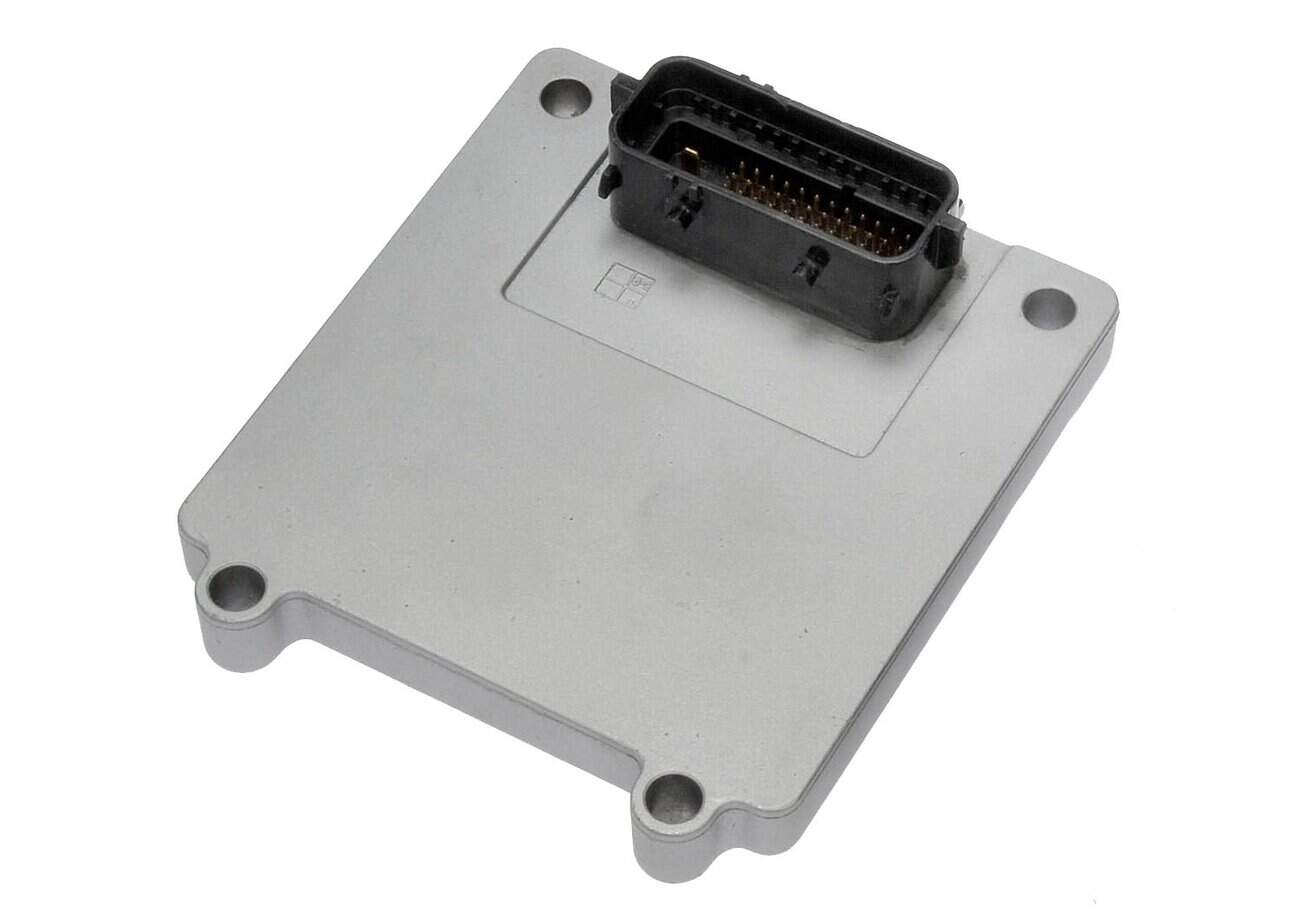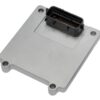Restore Your Avalanche’s Transmission Performance
If your 2007-2008 Chevrolet Avalanche 1500 is suffering from erratic shifting, getting stuck in gear, or throwing transmission codes, a failing Transmission Control Module (TCM) is the most likely culprit. As a technician with over two decades of experience, I’ve seen countless GM trucks exhibit these exact issues. The TCM is the brain of your automatic transmission, and when it fails, it can make your reliable truck feel unpredictable and unsafe. This replacement T42 TCM, part number 24234274, is the definitive solution, arriving pre-programmed to your vehicle’s VIN for a true plug-and-play repair.
A Technician’s Notebook
I remember a 2007 Avalanche rolling into the bay, stuck in what the owner called “get-home mode.” The check engine light was on, and the transmission wouldn’t shift past 3rd gear. A quick scan showed a P0700 code, pointing to a general transmission fault. After checking the basics, we pinpointed the TCM. In the past, this meant a new module plus a trip to the dealership for expensive programming. With this VIN-programmed module, we had the customer back on the road in under an hour. He was thrilled to avoid the extra cost and downtime, and that’s the value we provide—a professional-grade fix that anyone can perform.
Is Your Avalanche Exhibiting These Telltale Signs?
A faulty TCM doesn’t just get worse over time; it can cause permanent damage to your transmission. If you’re experiencing any of the following, it’s time to diagnose the module:
- ✔ Harsh, slamming shifts or delayed gear engagement.
- ✔ The vehicle is stuck in limp mode (usually 2nd or 3rd gear).
- ✔ Check Engine Light or Transmission Warning Light is illuminated.
- ✔ Diagnostic Trouble Codes (DTCs) are present, such as P0700, P0750, or other solenoid-related faults.
- ✔ Inability to upshift or downshift, leading to poor acceleration and fuel economy.
- ✔ Complete loss of communication with the transmission module.
Straightforward Installation Guide for Your Avalanche
Replacing the 2007-2008 Avalanche 1500 TCM is a simple job that most DIYers can handle with basic tools. No need for complex wiring or dealership visits. For the Avalanche, you’ll find it conveniently located in the engine bay.
- Safety First: Disconnect the negative terminal from your truck’s battery to prevent any electrical shorts and to help reset the system.
- Locate the Module: On the 2007-2008 Avalanche, the TCM is typically mounted right next to the battery in the engine compartment.
- Disconnect and Remove: Carefully unplug the electrical connectors from the old TCM. Then, unbolt the module from its mounting bracket and remove it from the vehicle.
- Install the New Module: Mount the new, pre-programmed TCM onto the bracket and securely plug in the electrical connectors. You’ll hear a click when they are seated correctly.
- Final Steps: Reconnect the battery terminal. While the module is plug-and-play, it’s best practice to use a basic OBD2 scan tool to clear any stored fault codes from the vehicle’s memory. Start the truck and test drive to confirm smooth shifting.
Verified Fitment for a Wide Range of GM Vehicles
This module is a direct replacement for part number 24234274 and other interchangeable numbers. It is engineered for a perfect fit and function in many GM vehicles, including:
- ✔ Chevrolet Avalanche 1500: 2007-2008 (next to battery)
- ✔ Chevrolet Silverado & GMC Sierra 1500/2500: 2007-2013 (next to battery)
- ✔ Chevrolet Tahoe & GMC Yukon: 2007-2009 (next to battery)
- ✔ Chevrolet Suburban 1500: 2007-2008 (next to battery)
- ✔ Chevrolet Express & GMC Savana Vans: 2006-2014 (RH engine compartment)
- ✔ Hummer H3: 2008-2010 (RH rear engine compartment)
- ✔ Cadillac DTS: 2006-2011 (RH front engine compartment)
- ✔ …and many other Buick, Pontiac, and Saturn models.
Frequently Asked Questions
2007-2008 Avalanche 1500 TCM
Will this fix a P0700 trouble code?
A P0700 code is a general fault request from the TCM. While a faulty TCM is a very common cause, this code can also be triggered by other transmission issues. Replacing a confirmed-bad will resolve the code and the underlying problem.


